Search Images
Browse Content (p. 1637)
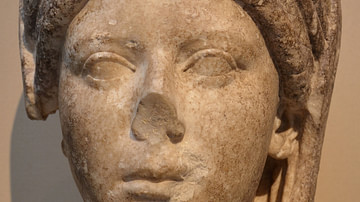
Image
Vestal Virgin, British Museum
Marble head from a portrait statue of a veiled priestess of the goddess Vesta. The headdress identifies the subject as a Vestal Virgin. Above her hair are six folds of the infula, a long woolen band wrapped around the head to hang in two...
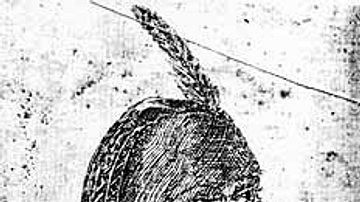
Image
Chickasaw Head
A sketch of a Chickasaw, found in Southeastern Indians: Life Portraits (1775).
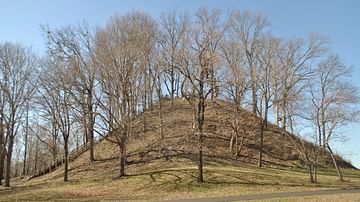
Image
Sauls Mound
Sauls Mound is arranged so that its corners are arranged in the four cardinal directions. It is believed to have some ceremonial function, and likely has a central role in the Woodland People's religious cosmology. Pinson Mounds State Archeological...
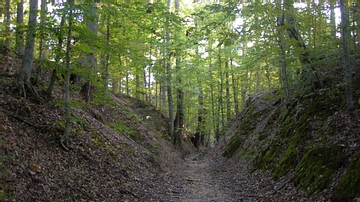
Image
Sunken Natchez Trace
Photo of the Sunken Trace. Mile marker 41.5 on the Natchez Trace Parkway.
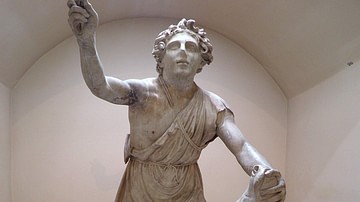
Image
Statue of tauroctony (Mithras slaying the bull)
Statue of tauroctony depicting Mithras about to kill the bull, found in situ resting on a masonry base in the Mithraneum of the Baths of Mithras, 1st century CE, Ostia Antica (Italy).
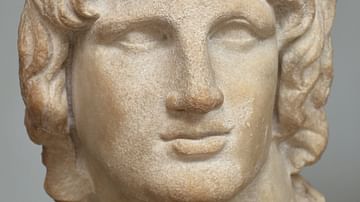
Image
Alexander the Great, Marble Head
Marble portrait of Alexander the Great, 2nd-1st century BCE, said to be from Alexandria, Egypt. (British Museum, London)
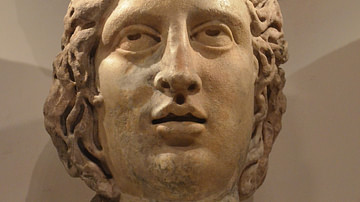
Image
Head of Mithras
Head of Mithras in Phrygian cap (CIMRM 815), from Walbrook Mithraeum in Londinium, CE 180-220. (Museum of London, Britain). Depicted as a handsome youth, Mithras wears his usual Phyrgian cap. His eyes are turned away from the deed of slaying...
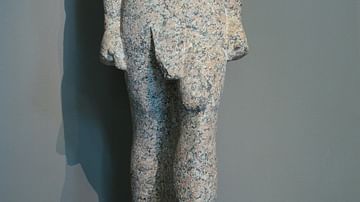
Image
Statue of Alexander the Great as Pharaoh
Granite statue of Alexander the Great as Pharaoh, Greco-Egyptian, c. 300 BCE. (Liebieghaus museum, Frankfurt am Main)
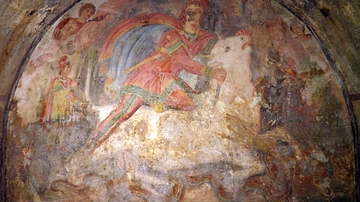
Image
Tauroctony fresco
Tauroctony fresco (depicting Mithras killing a bull) in the mithraeum (temple of Mithras) of Capua (Italy), 2nd century CE.
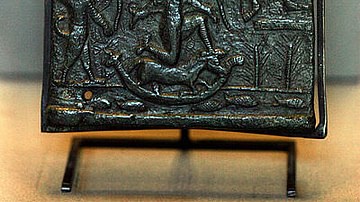
Image
Lamashtu Plaque
This plaque was used for protection against Lamashtu, a female demon or goddess who would imperil women during childbirth and even kidnap babies while breastfeeding. Neo-Assyrian, 10th-7th century BCE. Musee du Louvre, Paris